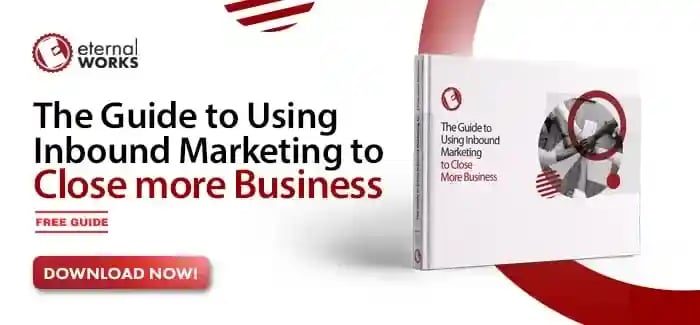Marketing is about so much more than just selling a product. It’s the development of a relationship between a brand and its customers. It’s an exchange of ideas and inspiration. It’s establishing your place in the market.
Inbound marketing helps you accomplish this by providing content and services that bring value to your audience and cultivate trust from your audience.
So, how can you leverage inbound marketing to meet sales goals?
Elements to consider when aligning sales and Inbound marketing
Understanding Lead stages
From discovery to purchase, there are many stages prospective customers (leads) pass through to make the journey.
Understanding the stages each target customer goes through will help inform your inbound marketing decisions.
Marketing-Qualified Leads
Marketing-qualified leads (MQLs) are target customers who are likely to purchase and therefore should be considered for referral to the sales team.
This is done by tracking the demographics and digital footprint of each lead to determine if they are exhibiting behavior that indicates a likely sale.
Sales-Qualified Leads
Sales-qualified leads (SQLs) have been vetted by the marketing team as ready to purchase and are passed on to the sales team to “seal the deal.”
Unlike with MQLs, where any lead can be considered based on their behavior and demographics, SQLs have been studied more closely to ensure they are exhibiting interest and subsequent behavior for buying.
Content utilization strategy
Content utilization is all about how you use your social media and blog to connect with your target customers and gain trust. By showing value through content, you allow potential customers to discover your brand organically and have a better chance of conversion.
Steps to align Sales and Inbound Marketing
Define a Revenue Target
Knowing how much you’re aiming to make in sales will help you see how much of your resources you should allocate to inbound marketing. The higher the revenue and growth, the more resources you should put into your inbound marketing strategy.
Create Buyer Personas
Inbound marketing is all about building trust and authority. People may not know about your brand or be actively looking for your products. But your ideal buyer is probably using Google to investigate their pain points.
By creating content that appeals to your buyer persona, you have a higher chance of attracting them to your content and converting them into sales.
Implement Service Level Agreements
Your target customers need to know what to expect from your company before buying from you.
Consider your response times, live chat availability, customer helplines, and delivery times, and make sure these are readily available for your audience to see. And most importantly, make sure you stick to them!
Set a collective end goal for both Sales and Marketing departments
The best companies work interdepartmentally to create a unified goal to work toward. Make sure your marketing and sales teams are on the same page and have the same end goal.
You should also create a closed-loop reporting system to help keep track of progress.
How Inbound marketing helps in sales
Delighting customers post-sale
Just because money and services or products have been exchanged, it doesn’t mean your communication has ended. To create loyalty with your customers, make sure you stay in contact with them.
This can include asking for feedback, providing loyalty discounts, and giving exclusive access to presales.
Creating valuable content
Google is the world’s new encyclopedia. If you want to know something, you search for it.
If you can create valuable content that answers a question, gives valuable advice, or creates strong emotions for your audience, you’ll gain more leads, which can result in more sales.
Being Cost-Effective
Using inbound marketing strategies, you bring potential leads to you, instead of trying to find them yourself. This costs a lot less than outbound marketing strategies such as creating ads.
The perfect marketing strategy has a mix of both, so be aware of how you can maximize your marketing budget to get the best return.
Creating Brand Awareness
The most well-known brands are just as recognizable from their content as they are from their products.
Becoming synonymous with value and entertaining content will help your brand gain exposure.
Strategies for Inbound Marketing and Sales
Target the right leads
Use your buyer persona to create bespoke content that brings in the right leads.
Nurture leads
Make sure the experience on your website is as smooth and intuitive as possible to keep leads interested. This includes easy access to customer service when needed.
Use the right tools
Finding the right data-tracking software will optimize the lead conversion process and help your marketing and sales team work together toward a common revenue goal.
Key Takeaways
Inbound marketing is a cost-effective marketing strategy that brings potential leads to your brand by bringing value to prospective leads that fit your buyer persona.
By working together, marketing and sales teams can optimize the data offered by leads to help them navigate your platform and convert them into sales.
When done correctly, inbound marketing is the perfect way to take people from strangers to loyal, returning customers!



